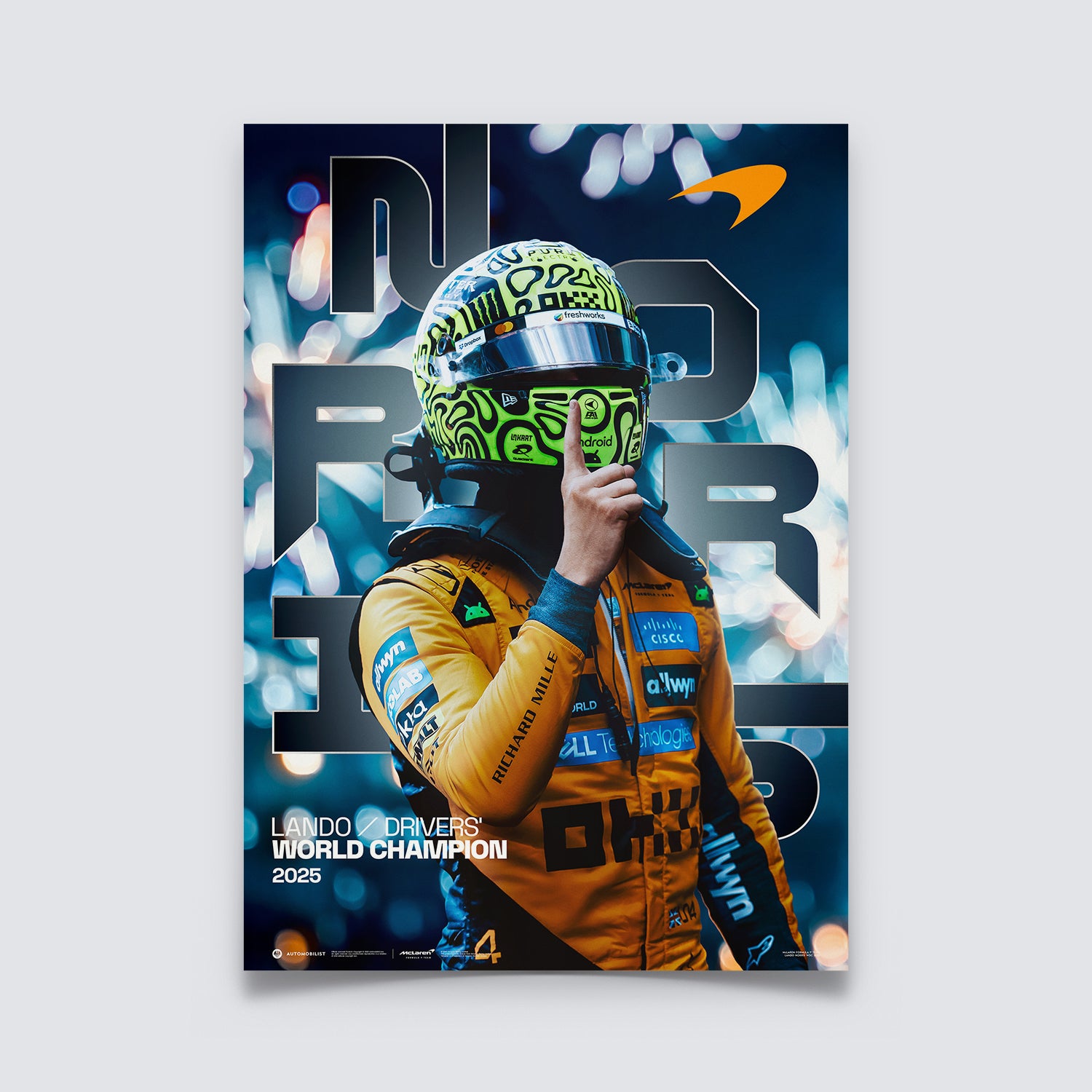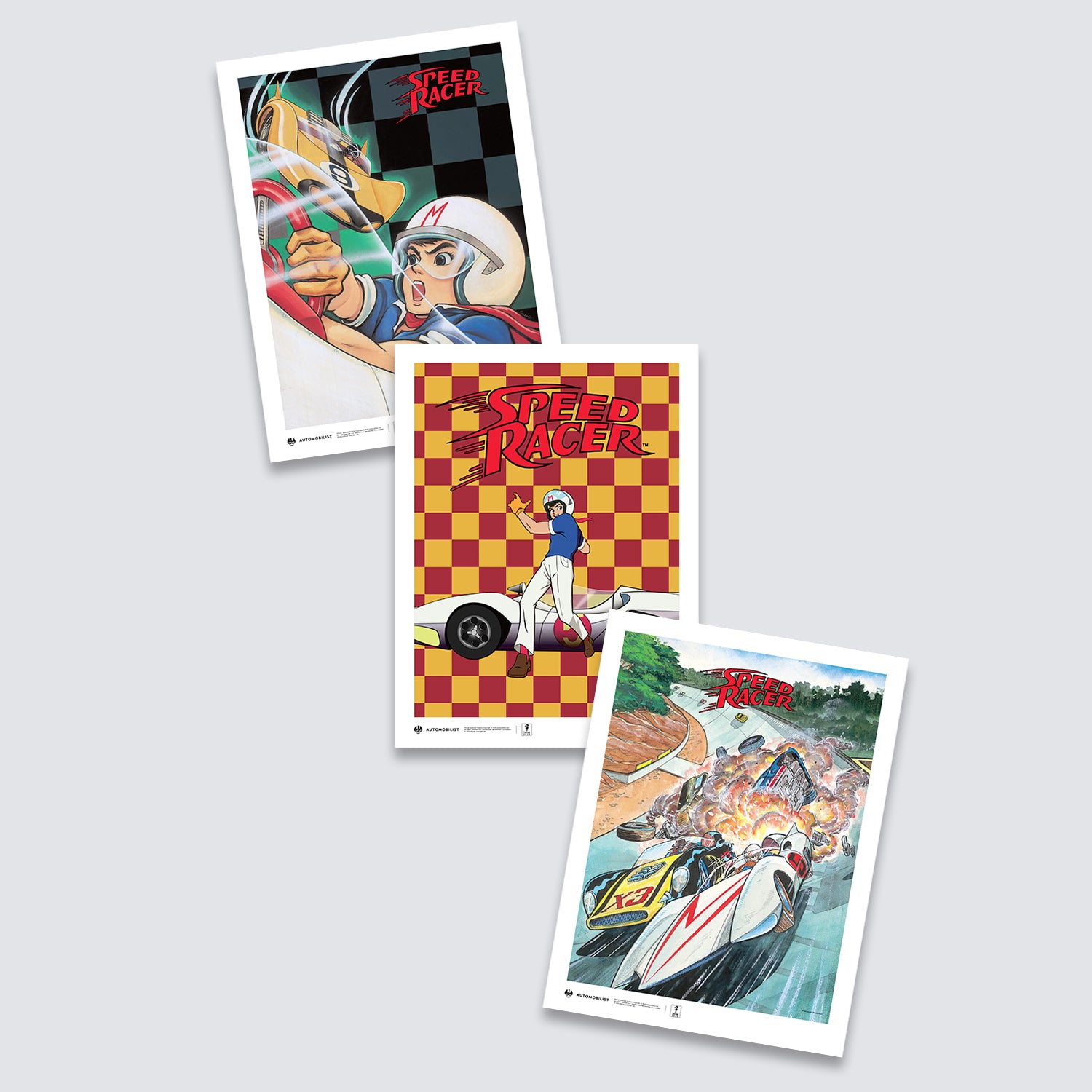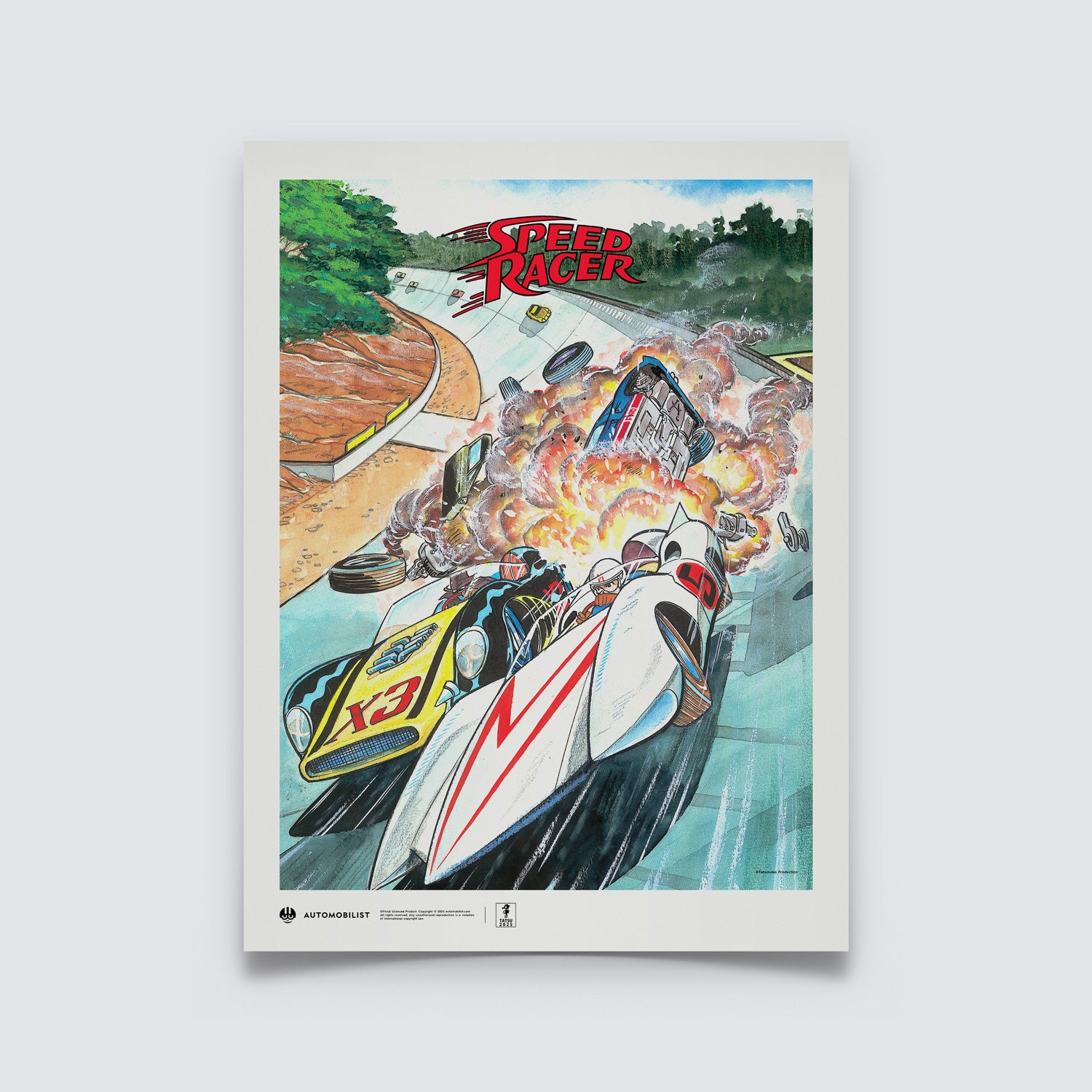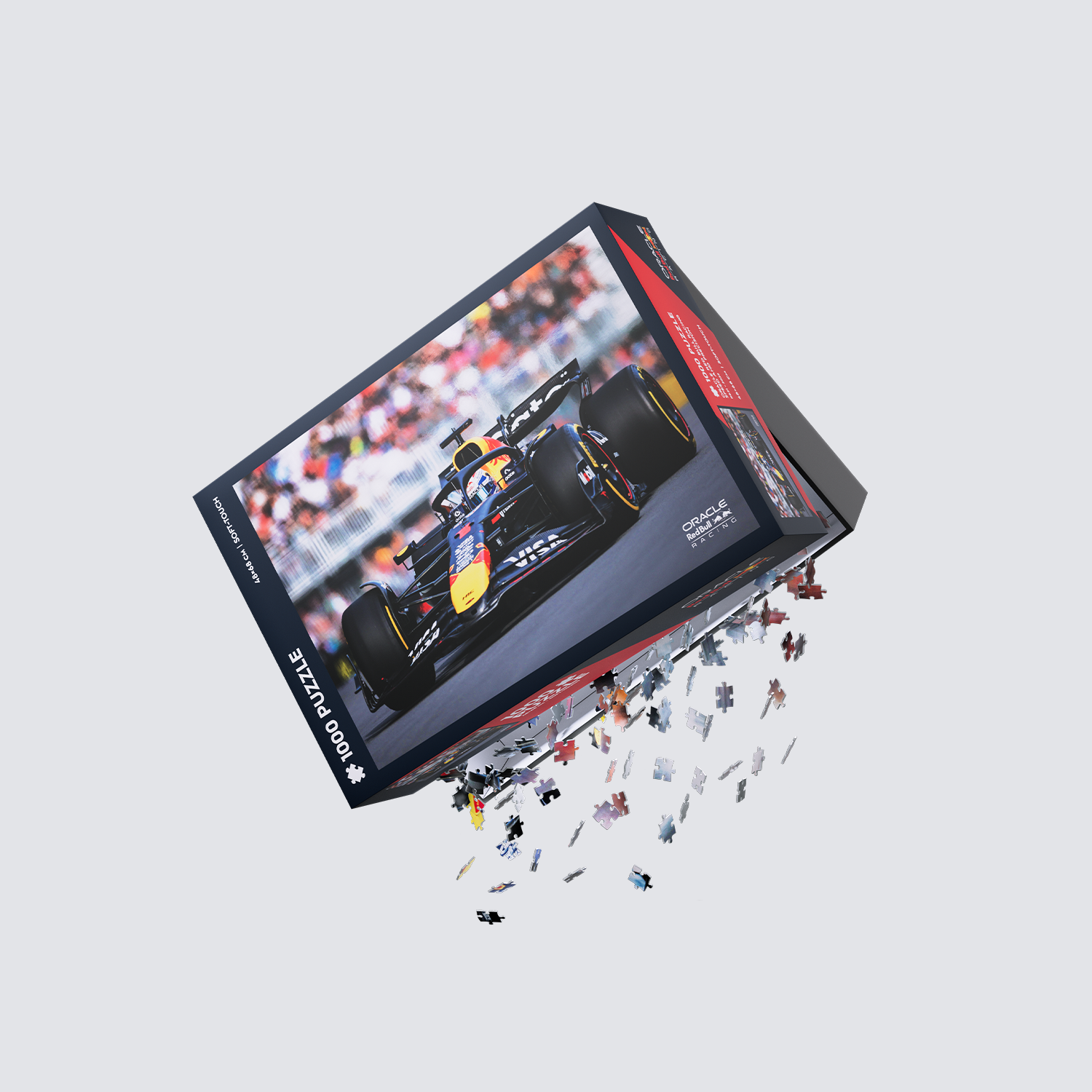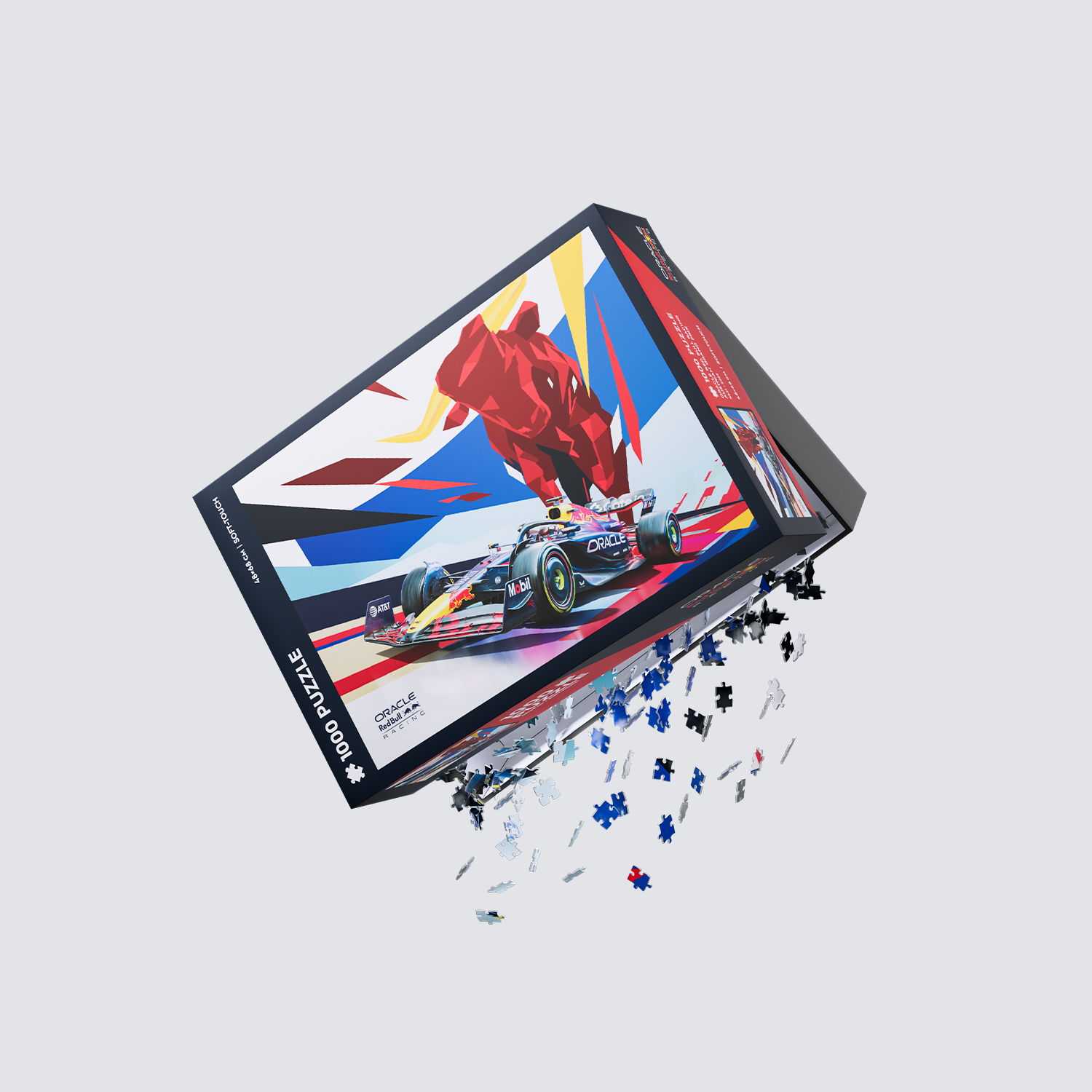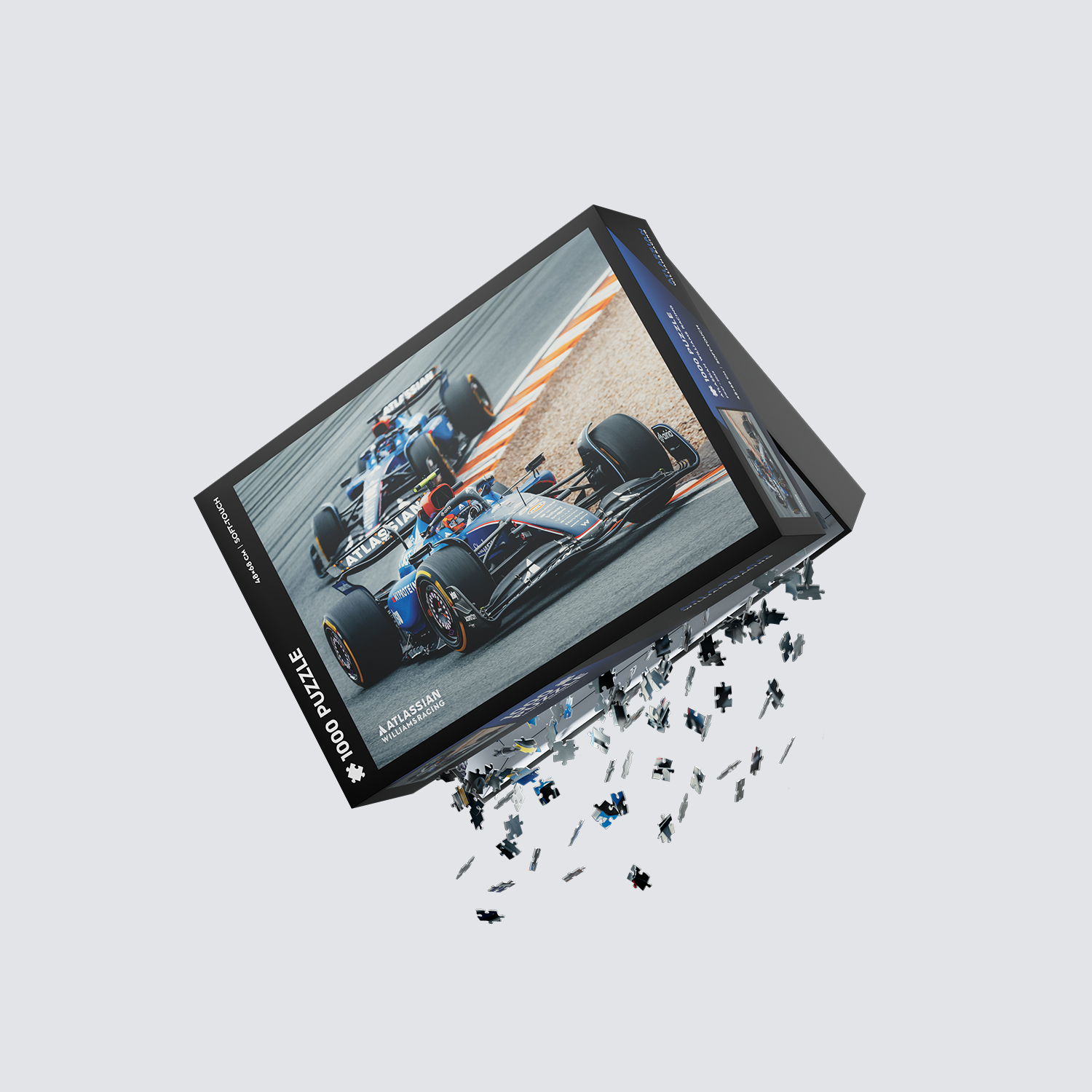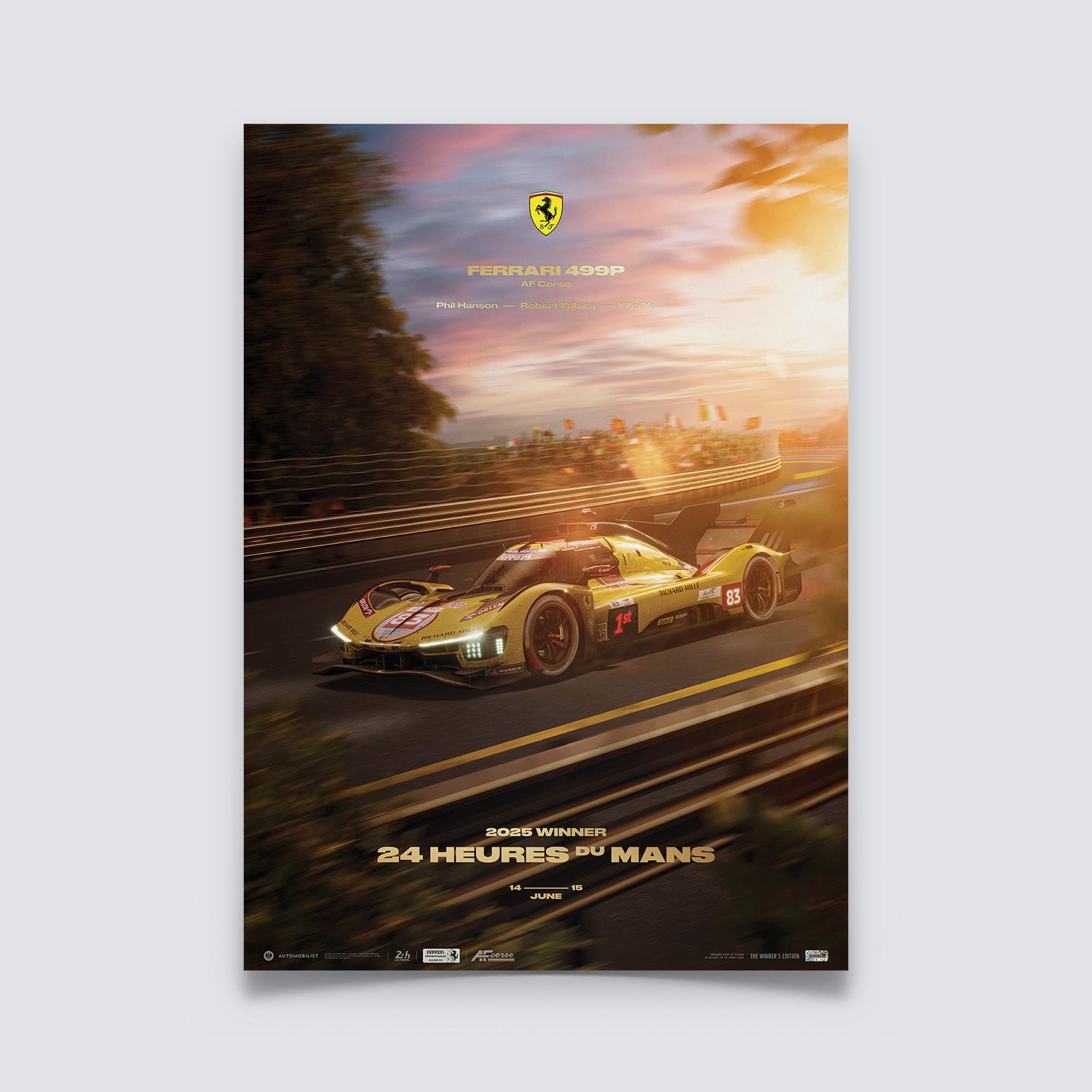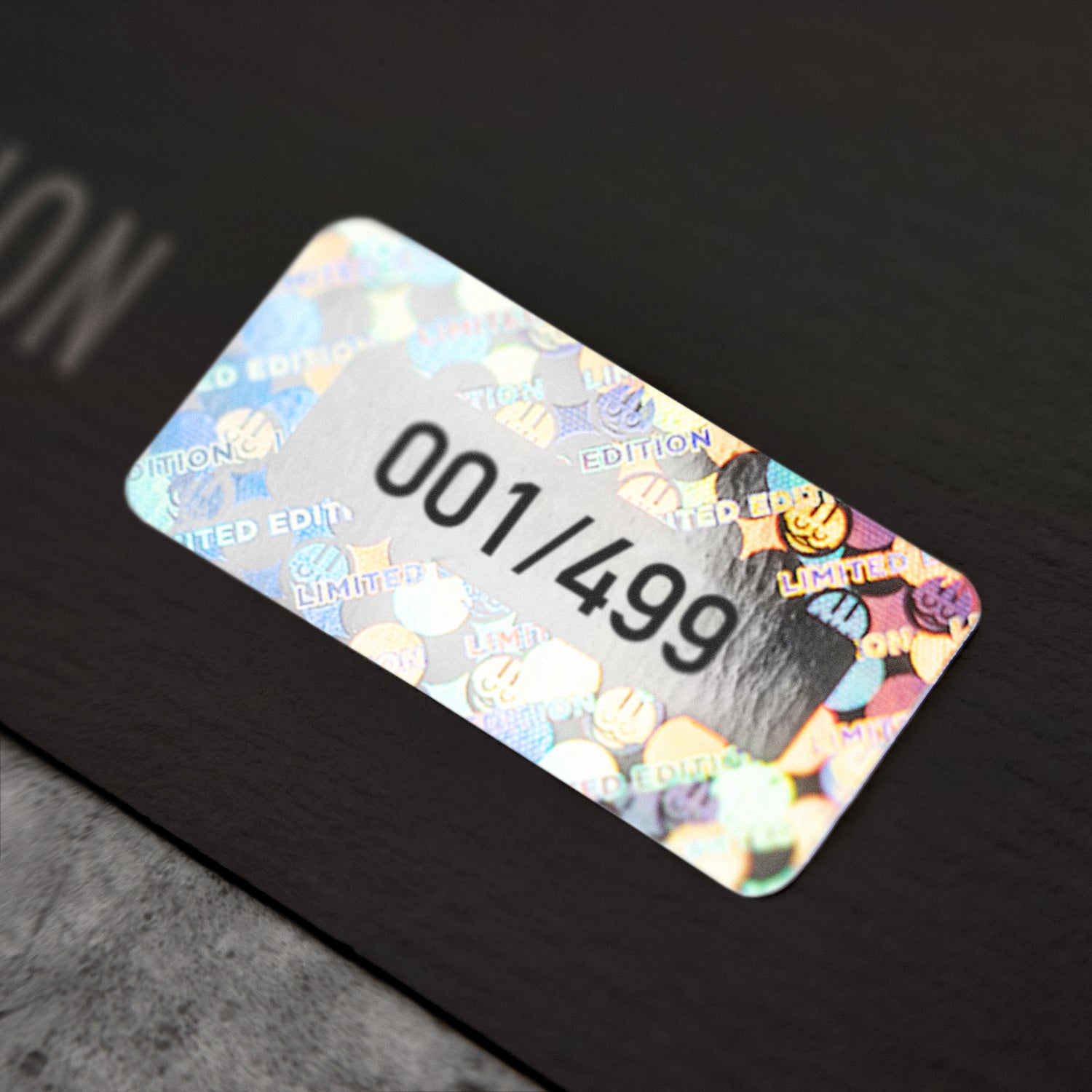24h Le Mans Centenary: 1953-1962 | Written by Richard Kelley
The Aston Martin team arrived at the 1959 Le Mans 24 Hours under massive pressure. After a decade of trying and just three second places, owner David Brown remained hungry for victory, but now another challenge had captured his attention.
At the factory, his company had just designed a new car to campaign for the Formula 1 championship. With the remaining racing funds under extreme stress, Aston Martin knew this would be their last chance for the DBR1 to conquer Le Mans.
The team settled on a bold plan led by an audacious hero named Stirling Moss. Here’s their story.
 Stirling Moss / Jack Fairman, David Brown Racing, Aston Martin DBR1 leads at the start of the 1959 24h Le Mans. Image Courtesy: Motorsport Images.
Stirling Moss / Jack Fairman, David Brown Racing, Aston Martin DBR1 leads at the start of the 1959 24h Le Mans. Image Courtesy: Motorsport Images.
The DBR1’s gorgeous spaceframe – designed and styled by Ted Cutting - followed the Mercedes-Benz theme, employing aluminium castings, 20-gauge magnesium/aluminium alloy body panels and chrome molybdenum for a stable but very light chassis. It begged for more power and traction.
Aston Martin found both solutions with an updated DB3S three-litre twin-cam straight-six engine and a gearbox fitted with Maserati’s trick transaxle. Rigidly mounted at opposite ends of the car, the pairing produced a high polar moment of inertia that gave the drivers maximum controllability through fast corners.
With remaining funds allowing only the DBR1/1 to campaign during that season’s lead-up, Stirling Moss persuaded Brown to send the car to the Nürburgring. There he would prove the revised DBR1 setup while taking his third consecutive victory at the Nürburgring with one of the finest drives of his career.
With the DBR1 finally ready to conquer Le Mans, team boss John Wyer launched his plan.
 Carroll Shelby waits in the pits for the car to come in with Reg Parnell and Team Owner and Chief Designer David Brown. Image Courtesy: Motorsport Images.
Carroll Shelby waits in the pits for the car to come in with Reg Parnell and Team Owner and Chief Designer David Brown. Image Courtesy: Motorsport Images.
Wyer, later to find glory with both the Gulf Ford GT40s and Porsche 917s, gave Moss his assignment: Take the fight to the Ferraris from the first lap. Wyer tasked Moss to set an ultra-fast high pace in the opening hours, forcing the Ferrari 250 Testa Rossas to give chase and stress their machines.
Moss’s car, co-driven with Jack Fairman, was fitted with an older high-compression version of the three-litre straight-six engine. While it was much more potent than the seven-bearing engines in the other two team cars, it wouldn’t last the race - nor was it meant to.
“I don’t think Stirling ever thought he was going to finish that race,” Cutting told Autosport in 2009. “That wasn’t his job. There was a feeling among us that the Ferraris had a flaw that season – overheating – and we wanted to take advantage of that.”
 Stirling Moss / Jack Fairman, David Brown Racing, Aston Martin DBR1 at the 1959 24h Le Mans. Image Courtesy: Motorsport Images.
Stirling Moss / Jack Fairman, David Brown Racing, Aston Martin DBR1 at the 1959 24h Le Mans. Image Courtesy: Motorsport Images.
Moss exploded at the start, relishing the chance to drive hard. Making the most of his Aston’s chassis and sticky Avon rubber, the Brit burst into lead, pedal to the metal, pulling the Ferraris along with him through the pack. Behra drafted past during the second hour, with Moss slotting into his slipstream as they battled for supremacy.
“It was Moss versus Ferraris with a vengeance,” reported Autosport’s Gregor Grant.
Moss regained the lead before the end of his stint. Fairman couldn’t keep up Moss’s pace when he took over, but by the time their DBR1 succumbed to expected engine failure, the Cliff Allison / Hermano da Silva Ramos Ferrari had already retired. The Behra / Dan Gurney Testa Rossa, which had done much of the early leading, had also stopped before half distance.
As others hit trouble, good pit stops and consistent lapping helped Salvadori/Shelby climb from eighth at the end of the first hour to the lead after seven.
 Carroll Shelby / Roy Salvadori, David Brown Racing, Aston Martin DBR1 leads the 1959 24h Le Mans. Image Courtesy: Motorsport Images.
Carroll Shelby / Roy Salvadori, David Brown Racing, Aston Martin DBR1 leads the 1959 24h Le Mans. Image Courtesy: Motorsport Images.
Delays during the night allowed the remaining works Ferrari of Olivier Gendebien and Phil Hill to claw its way into the lead. The 1958 winners had not been lured into the early battle and now looked like they were forcing Aston to accept a 2-3 finish.
But with four hours remaining, the increasingly sick-sounding Ferrari finally overheated. Salvadori took the lead and slowed, lapping at the maximum time allowed before handing over to Shelby for the run to the flag .
Where Moss had at the start been doing laps of 4m01s and the other team cars were set a target of 4m20s, Salvadori now backed off to 4m50s. With no pressure from the other teams the two cars could cruise to the finish.
 Carroll Shelby / Roy Salvadori, David Brown Racing, Aston Martin DBR1 takes the chequered flag at the end of the race. Image Courtesy: Motorsport Images.
Carroll Shelby / Roy Salvadori, David Brown Racing, Aston Martin DBR1 takes the chequered flag at the end of the race. Image Courtesy: Motorsport Images.
Shelby brought his DBR1/2 home a lap ahead of Maurice Trintignant in a formation finish at the flag. The Texan had been battling raging flu throughout the race. He had even driven with a nitroglycerine capsule under his tongue in case he had heart problems (which he omitted from telling his team).
Salvadori drove most of the race, doing 14 hours, though he was also getting over the flu. Trintignant also suffered: his right foot was scorched by the overheating throttle pedal.
 Carroll Shelby drives his team mate Roy Salvadori and the Team Owner and Chief Designer David Brown into parc ferme after winning the race. Image Courtesy: Motorsport Images.
Carroll Shelby drives his team mate Roy Salvadori and the Team Owner and Chief Designer David Brown into parc ferme after winning the race. Image Courtesy: Motorsport Images.
The DBR1/2 crossed the line after 24 hours to complete 323 laps, one more than its sister car, to secure Aston Martin’s first outright Le Mans win. Only 13 of the 53 starters finished the gruelling contest.
Follow the link below to read more stories from the 100 years of 24h Le Mans and discover our celebratory poster collection created in cooperation with the Automobile Club de l'Ouest.


